Flat roof designs are a popular choice for many buildings.
Table of Contents
ToggleThey are used for commercial structures and modern homes.
These roofs have a horizontal or nearly horizontal surface, which differentiates
them from the more common sloped roofs. While flat roofs offer several benefits,
they also come with their own set of challenges.
In this blog post, we shall look at the advantages and disadvantages of flat roof designs
to help you decide if this roofing style is right for your project.
5 MAIN ADVANTAGES OF FLAT ROOF DESIGN
- Cost-Effective Installation
- Easier Access and Maintenance
- Additional Usable Space
- Modern Aesthetic
- Energy Efficiency
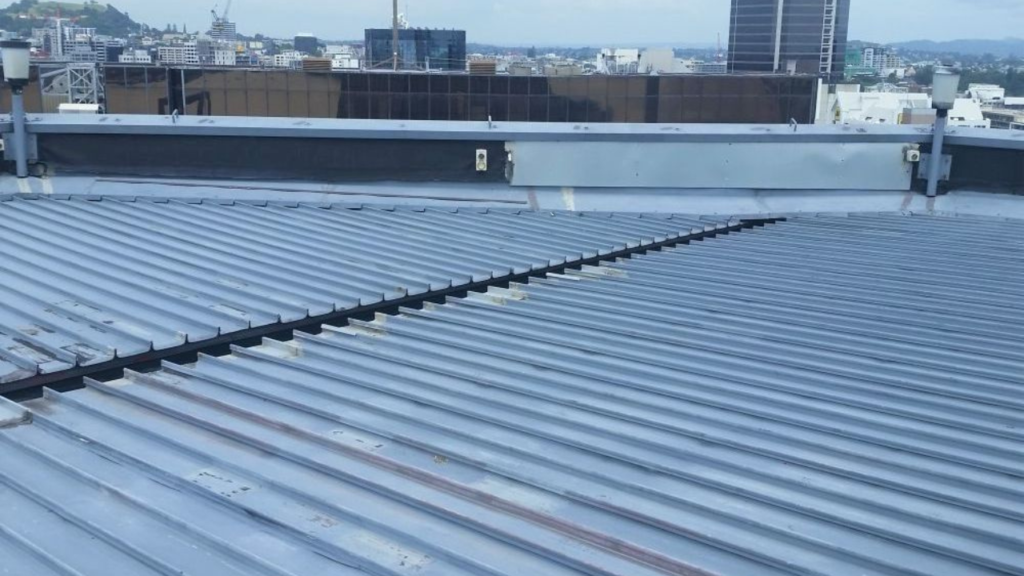
1. Cost-Effective Installation
Flat roofs are generally cheaper to install than pitched roofs.
The construction process is simpler and requires fewer materials.
This can result in significant savings on both labor and materials,
making flat roofs an attractive option for budget-conscious projects.
2. Easier Access and Maintenance
Flat roofs provide easier access for maintenance and repairs. Walking on a flat roof is safer and
more straightforward compared to navigating the steep slopes of a pitched roof.
This ease of access makes it simpler to inspect the roof, clean gutters, and perform necessary repairs.
3. Additional Usable Space
One of the major benefits of a flat roof is the additional usable space it provides.
Flat roofs can be used as outdoor living areas, such as rooftop gardens, terraces, or even recreational spaces.
This extra space can add significant value to a property and enhance its functionality.
4. Modern Aesthetic
Flat roofs are often associated with modern and contemporary architectural styles.
They offer a sleek, minimalist look that can enhance the aesthetic appeal of a building.
This design choice is especially popular in urban areas and for buildings with a modern design language.
5. Energy Efficiency
Flat roofs can be more energy-efficient than sloped roofs.
They allow for easier installation of insulation materials, which can
help regulate indoor temperatures and reduce energy costs.
Additionally, flat roofs are ideal for installing solar panels, further enhancing their energy efficiency.
5 MAJOR DISADVANTAGES OF FLAT ROOF DESIGN
- Drainage Issues
- Shorter Lifespan
- Limited Design Options
- Insulation Challenges
- Potential for Structural Issues
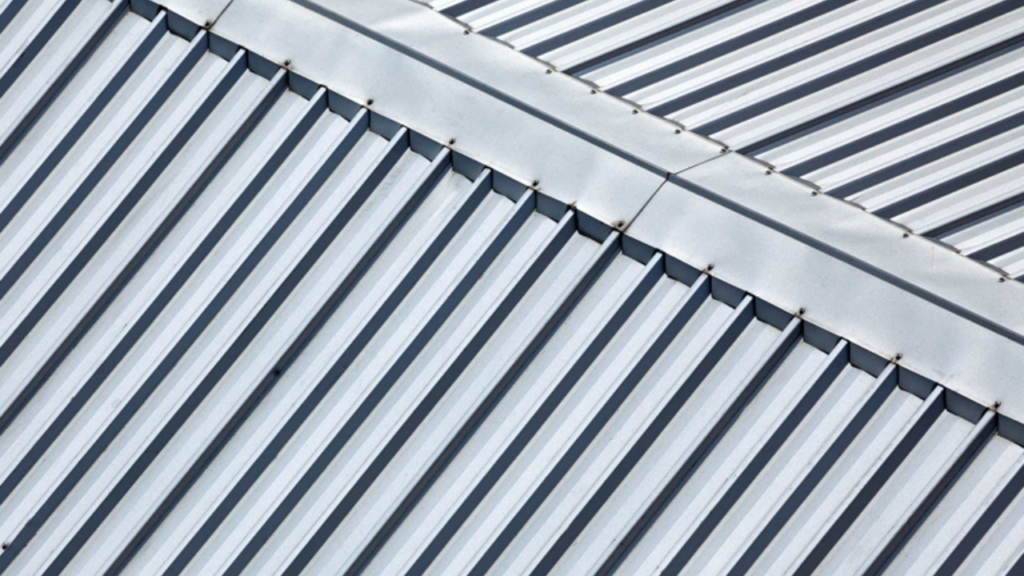
1. Drainage Issues
A primary disadvantage of flat roofs is poor drainage.
Since they are nearly horizontal, flat roofs do not naturally shed water as effectively as pitched roofs.
This can lead to water pooling on the roof surface, increasing the risk of leaks and water damage over time.
2. Shorter Lifespan
Flat roofs typically have a shorter lifespan compared to pitched roofs.
The materials used in flat roof construction, such as membrane roofing,
can degrade more quickly under constant exposure to the elements.
Regular maintenance and timely repairs are essential to extend the lifespan of a flat roof.
3. Limited Design Options
Flat roofs offer fewer design options compared to sloped roofs.
This limitation can impact the overall aesthetic and architectural flexibility of a building.
Additionally, flat roofs may not be suitable for all climates,
particularly areas with heavy snowfall or frequent rainfall.
4. Insulation Challenges
While flat roofs can be energy-efficient, they also present insulation challenges.
Proper insulation is crucial to prevent heat loss and water infiltration.
Insulating a flat roof can be more complex and may require additional materials and labor, increasing overall costs.
5. Potential for Structural Issues
Flat roofs are also more prone to structural issues due to their horizontal design.
The weight of pooled water, snow, or debris can put extra stress on the roof structure,
leading to potential damage or collapse.
Ensuring adequate support and regular maintenance is essential to mitigate these risks.
When considering a flat roof design, it is important to weigh these pros and cons carefully.
Assessing your specific needs, budget, and local climate conditions will help you determine
if a flat roof is the right choice for your project.
With proper planning and maintenance, a flat roof can be a practical and stylish addition to any building.


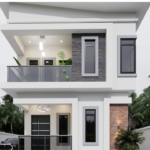
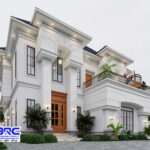
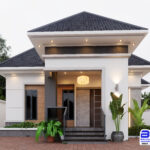
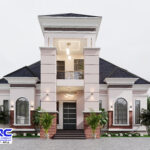
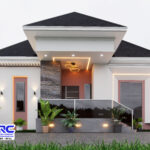
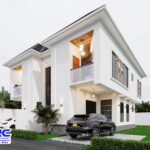
1 thought on “5 Main Advantages and Disadvantages of Flat Roof Design”
Excellent guide for flat roof design! Seeing the advantages and disadvantages so clearly stated is amazing. This aids homeowners in making well-informed choices according to their climate and demands.